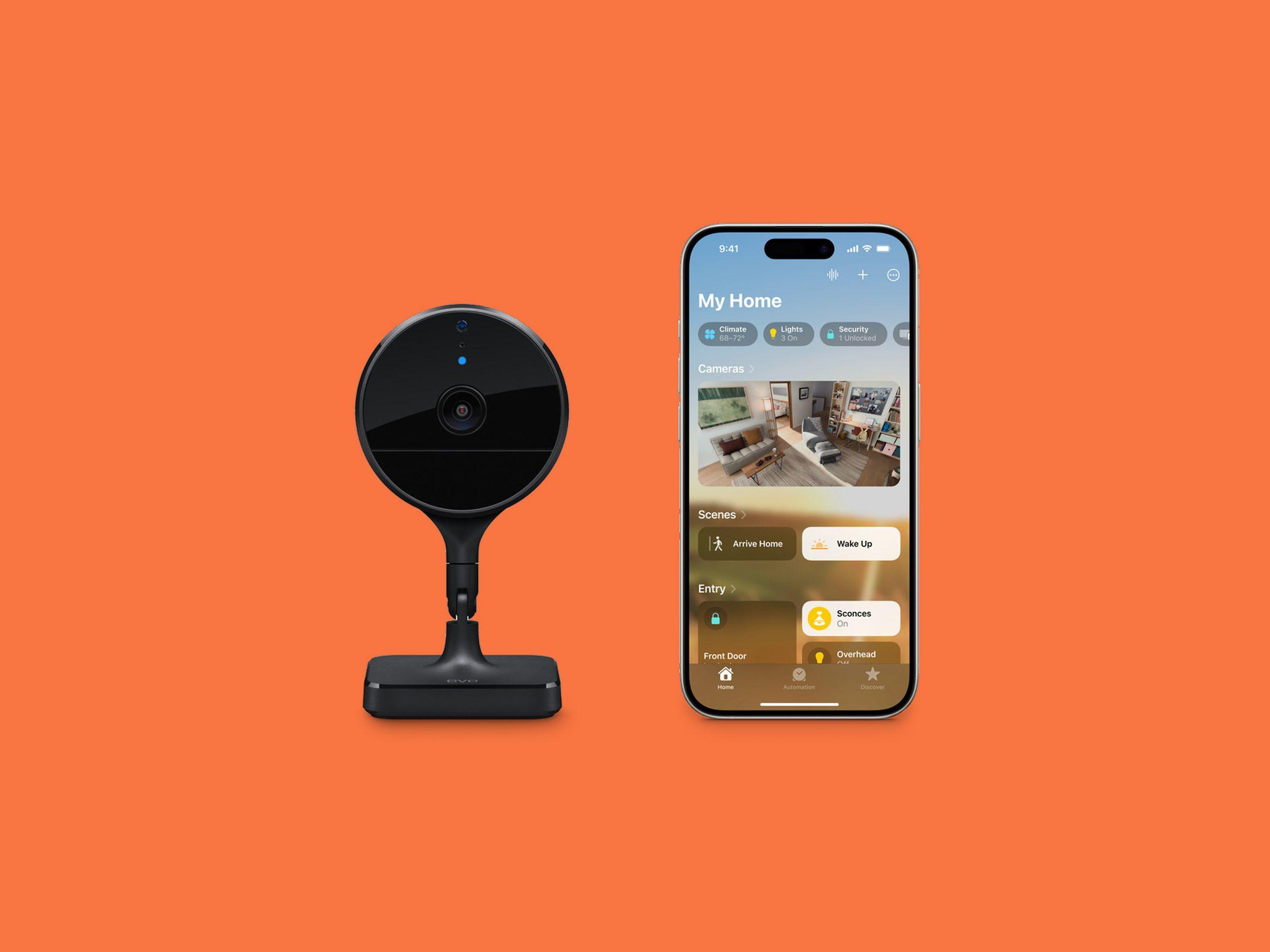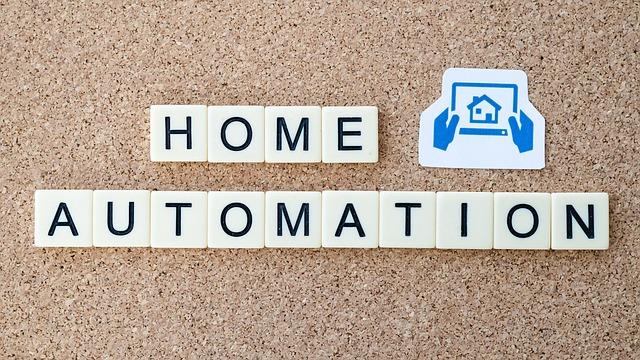In the era of smart living, our homes are evolving into interconnected hubs of technology that promise convenience, efficiency, and enhanced comfort. As the digital landscape becomes increasingly competitive, three major players have emerged at the forefront of this transformation: Apple HomeKit, Google Home, and Amazon Alexa. Each platform presents a unique vision of how we interact with our devices, boasting a plethora of features designed to simplify daily life. But with so many options available, how do you determine which ecosystem is the right fit for your needs? In this article, we’ll dive into the intricacies of each system, exploring their strengths, weaknesses, and compatibility, ultimately guiding you in your quest for the perfect smart home experience. Whether you’re an Apple aficionado, a Google guru, or an Amazon ally, join us as we uncover the nuances of these titans in home automation and help you decide which one will seamlessly integrate into your lifestyle.
Understanding the Core Features of Each Ecosystem
When exploring smart home ecosystems, it’s essential to grasp the distinct features offered by Apple HomeKit, Google Home, and Amazon Alexa. Each platform comes with its own unique set of integrations and advantages that cater to diverse user needs. Apple HomeKit emphasizes security and privacy, promoting a seamless connection between Apple devices and smart home products. Features include robust end-to-end encryption and a unified app experience through the Home app, which allows users to manage home settings and automations effortlessly. Additionally, HomeKit setup often involves straightforward compatibility with select accessories, making it an excellent choice for those already embedded in the Apple ecosystem.
On the other hand, Google Home excels in its versatility and connectivity. It integrates smoothly with a wide array of third-party devices, which makes it easier for users to expand their smart home setups without being locked into a single brand. The voice-activated Google Assistant offers a powerful search capability that is simply unrivaled, allowing users to interact with their devices using natural language queries. Meanwhile, Amazon Alexa stands out due to its vast range of compatible devices and skills. The platform supports numerous third-party gadgets, as well as a plethora of voice commands tailored for varied tasks, from practical home management to entertainment. The user-friendly Alexa app enhances customization options, allowing for intricate routines that can streamline daily activities.

Compatibility and Device Support Across Platforms
The choice of a smart home ecosystem often hinges on compatibility and device support across various platforms. Apple HomeKit primarily caters to users within the Apple ecosystem, requiring an iPhone or iPad for setup and control. Popular devices compatible with HomeKit include smart bulbs, locks, and thermostats, making it ideal for users who prioritize security and privacy. Although the number of products is growing, HomeKit still lags behind its competitors in sheer device variety. Key compatible brands include:
- Philips Hue
- August
- Ecobee
In contrast, Google Home excels with an extensive range of compatible devices, benefitting from Google’s partnerships across various manufacturers. Its compatibility with both Android and iOS devices expands its reach and offers flexibility for users who might not be tied to a single brand. From smart speakers to appliances, the Google Home ecosystem supports a vast array of products, making it a versatile choice for many. Notable compatible brands feature:
- Nest
- Samsung SmartThings
- LIFX
Meanwhile, Amazon Alexa stands out for its overwhelming number of supported devices, making it the most widely compatible smart home platform. Ranging from smart plugs to sophisticated home security systems, Alexa accommodates a plethora of brands and gadgets. This flexibility allows users to create personalized experiences without being limited to specific devices. Here’s a glimpse of leading compatible brands:
- TP-Link
- Ring
- Wyze
Below is a simple comparison table summarizing compatibility across the three ecosystems:
| Platform | Device Compatibility | Notable Brands |
|---|---|---|
| Apple HomeKit | Moderate | Philips Hue, August |
| Google Home | Extensive | Nest, Samsung SmartThings |
| Amazon Alexa | Very Extensive | TP-Link, Ring |

User Experience and Interface: Navigating Smart Home Control
When it comes to smart home control, user experience and interface can significantly impact how seamlessly you integrate smart devices into your daily life. Each ecosystem offers unique strengths in navigation, ultimately influencing your choice. For instance, Apple HomeKit prides itself on an intuitive interface that feels cohesive with the iOS ecosystem. Users appreciate the clean aesthetics and the ability to manage devices through the Home app, enhanced by features like Siri integration. Similarly, Google Home offers a conversational interface powered by Google Assistant, making it easy to control devices with voice commands. Its flexibility in creating routines provides a tailored experience that changes dynamically with your preferences.
In contrast, Amazon Alexa focuses on a robust and diverse skill set, enabling control of a vast array of compatible devices. While its interface may feel a bit more cluttered compared to HomeKit and Google Home, the sheer breadth of Alexa’s capabilities can be a significant advantage for power users. The seamless integration within the Amazon ecosystem allows users to access a myriad of functionalities, making it easier to customize their smart home experience. To summarize the differences, refer to the table below, which encapsulates the core user experience attributes of each ecosystem:
| Feature | Apple HomeKit | Google Home | Amazon Alexa |
|---|---|---|---|
| Interface Design | Minimalist and Intuitive | Conversational and Flexible | Functional but Cluttered |
| Voice Assistant | Siri | Google Assistant | Alexa |
| Customization | Moderate | High | High |
| Integration | Apple Ecosystem | Google Services | Amazon Services |

Future-Proofing Your Smart Home: Long-Term Considerations
As you embark on your smart home journey, it’s essential to consider how your chosen ecosystem will adapt to future technologies. With rapid advancements in machine learning and IoT, the compatibility of your devices will play a crucial role in longevity. Hence, select an ecosystem that is built on open standards and offers regular updates. This will ensure that your smart home remains relevant and equipped to integrate the latest devices, whether they’re from well-known brands or emerging startups. Remember, the ability to add new functionalities and devices without needing an entirely new system is a vital component of a future-proof home.
Another aspect to consider is the ability to customize and expand your system according to your changing needs. When evaluating ecosystems, look out for features such as:
- Scalability – Can you easily add new devices as they become available?
- Interoperability – Will devices from different manufacturers work together seamlessly?
- Security features – Does the system prioritize protecting your data against breaches?
To give you a clearer perspective, here’s a comparison of the three ecosystems in terms of future-proofing:
| Feature | Apple HomeKit | Google Home | Amazon Alexa |
|---|---|---|---|
| Open Standards | Yes | Yes | Limited |
| Regular Software Updates | Yes | Yes | Moderate |
| Device Compatibility | High | Very High | High |
Key Takeaways
As we draw the curtain on our exploration of Apple HomeKit, Google Home, and Alexa, it’s clear that the right smart home ecosystem for you hinges on your unique preferences and lifestyle. Each platform brings its own strengths and quirks to the table, whether you lean toward Apple’s elegance and tight integration, Google’s innovative machine learning capabilities, or Alexa’s vast compatibility and versatility.
Think of your smart home as a canvas, and these ecosystems as the brushes at your disposal. Your choice will shape the masterpiece of convenience, automation, and connectivity that you create. Whether you prioritize privacy, seamless integration with existing devices, or sheer adaptability, understanding the nuances of each system empowers you to paint your ideal smart home scenario.
In the end, the smartest choice is the one that resonates with you – your habits, your preferences, and your vision for a connected future. So take a moment, reflect on your needs, and may your journey into the world of smart homes lead to a lifestyle that enhances your everyday experiences. Happy automating!




